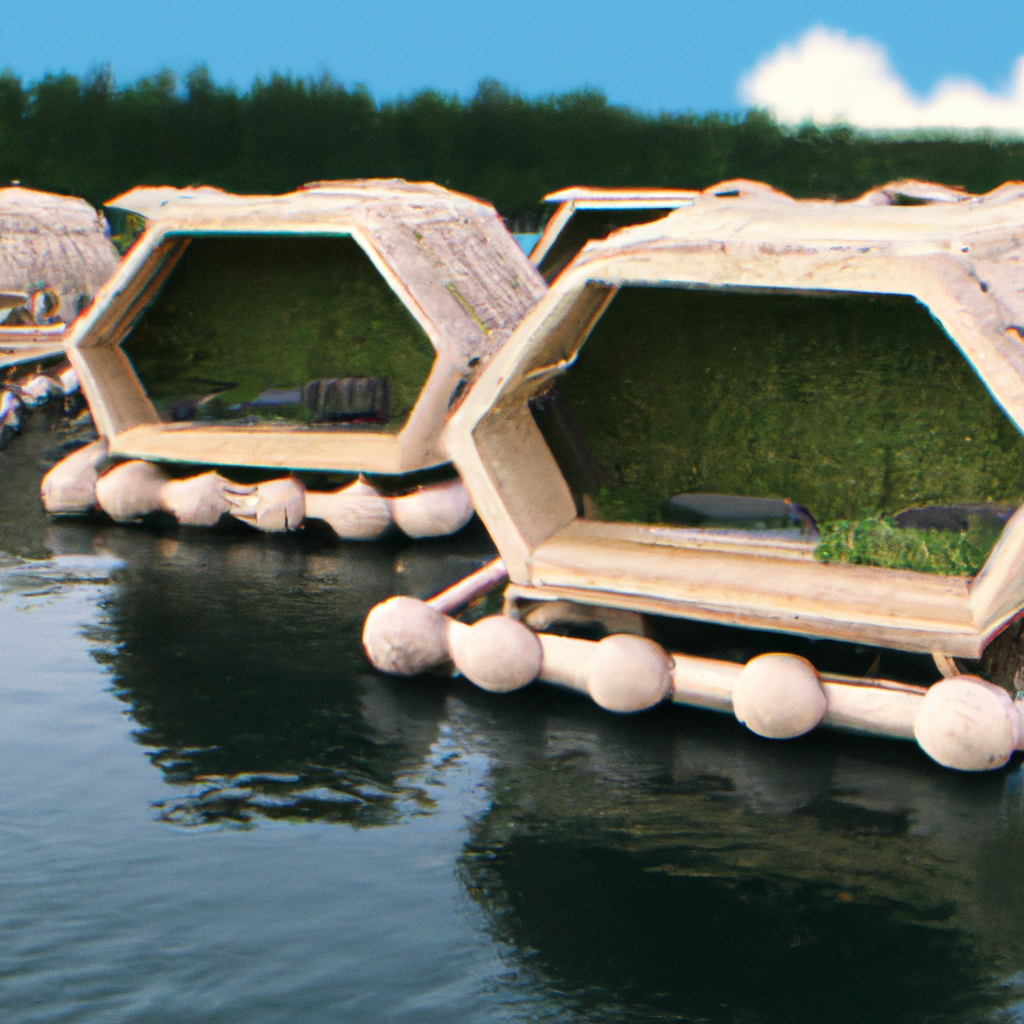
Hemp meets IoT: A match made in digital heaven
Hemp and IoT have come together to form a perfect partnership. Hemp, a versatile plant known for its many uses, has found a new ally in the world of IoT. The integration of hemp and IoT is revolutionizing the industry and taking it to new heights. The combination of these two technologies is making the production of hemp more efficient, environmentally friendly, and sustainable.

Hemp and IoT: The Perfect Pairing
Hemp has been around for centuries and has been used for a variety of purposes, from clothing to medicine. IoT, on the other hand, is a relatively new technology that has gained a lot of traction in recent years. When these two technologies are combined, they create a perfect pairing that can transform the way we produce and consume hemp.

How Hemp and IoT are Revolutionizing Industry
The combination of hemp and IoT is revolutionizing the industry by making the cultivation, harvesting, and processing of hemp more efficient and sustainable. With IoT sensors and devices, farmers can monitor their crops in real-time and make informed decisions about when to harvest and how much water and fertilizer to use. In addition, IoT devices can help reduce waste and improve the yield of hemp crops, which benefits both the farmers and the environment.
The Incredible Benefits of Combining Hemp and IoT
The incredible benefits of combining hemp and IoT are numerous. IoT devices and sensors can help reduce the amount of water and fertilizer used in hemp cultivation, which not only saves money but also reduces the environmental impact of farming. Additionally, IoT devices can help reduce waste and improve the yield of hemp crops, which benefits both farmers and consumers. Finally, the integration of hemp and IoT can help create new business opportunities for farmers, processors, and retailers.
Hemp Goes High-Tech with IoT
Hemp is going high-tech with IoT. The integration of these two technologies is enabling farmers to monitor their crops in real-time, automate the harvesting process, and reduce waste. Additionally, IoT devices can help ensure that hemp is grown and processed in a sustainable and environmentally friendly way.
The Future is Now: Hemp Meets IoT
The future is now, and hemp is meeting IoT head-on. This combination is creating new opportunities for farmers, processors, and retailers. With IoT devices and sensors, farmers can make informed decisions about when to harvest their crops, how much water and fertilizer to use, and how to reduce waste. Additionally, IoT devices can help ensure that hemp is grown and processed in a sustainable and environmentally friendly way.
How IoT is Making Hemp More Efficient
IoT is making hemp more efficient by enabling farmers to monitor their crops in real-time and make informed decisions about when to harvest and how much water and fertilizer to use. Additionally, IoT devices can help automate the harvesting process, reducing the need for manual labor and improving efficiency. Finally, IoT devices can help reduce waste and improve the yield of hemp crops, which benefits both the farmers and the environment.
The Digital Age Meets the World of Hemp
The digital age is meeting the world of hemp, and the results are impressive. The integration of IoT devices and sensors is transforming the way we produce and consume hemp. From cultivation to processing, IoT devices can help reduce waste, improve efficiency, and ensure that hemp is grown and processed in a sustainable and environmentally friendly way.
From Farm to Factory: Hemp and IoT Take Over
From farm to factory, hemp and IoT are taking over. The integration of these two technologies is enabling farmers, processors, and retailers to create innovative products and services. With IoT devices and sensors, farmers can monitor their crops in real-time, automate the harvesting process, and reduce waste. Additionally, IoT devices can help ensure that hemp is grown and processed in a sustainable and environmentally friendly way. As we move towards a more digital and sustainable future, the combination of hemp and IoT is poised to play a crucial role in shaping the world we live in.
The combination of hemp and IoT is a match made in digital heaven. From cultivation to processing, these two technologies are transforming the way we produce and consume hemp. With IoT devices and sensors, farmers can monitor their crops in real-time, automate the harvesting process, and reduce waste. Additionally, IoT devices can help ensure that hemp is grown and processed in a sustainable and environmentally friendly way. As we move towards a more digital and sustainable future, the integration of hemp and IoT is poised to play a crucial role in shaping the world we live in.

















